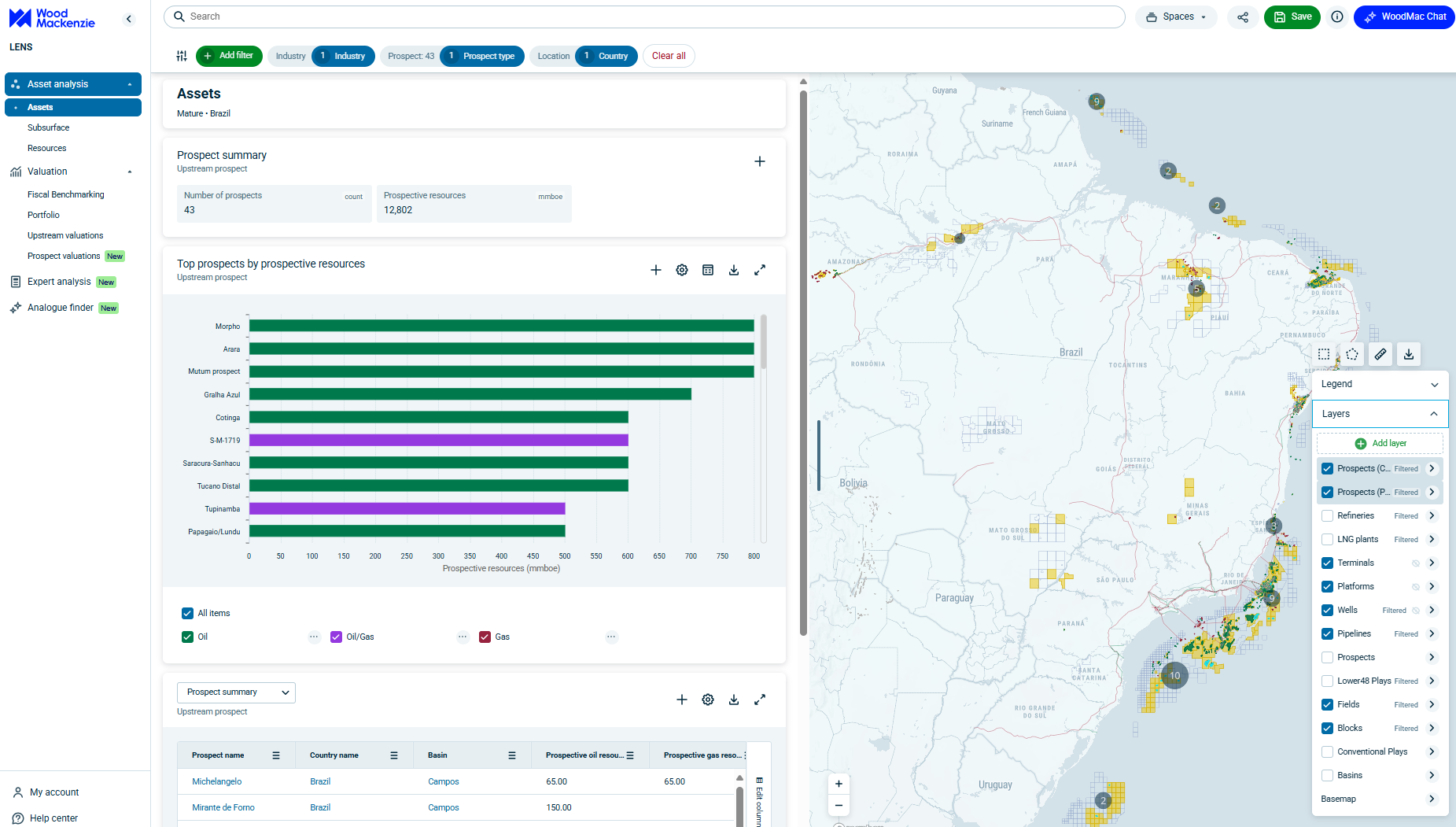Transferability does not spell the end for tax equity investing
*Please note that this report only includes an Excel data file if this is indicated in "What's included" below
Report summary
Table of contents
- Executive Summary
- If it can’t be used, it has no value
- Tax equity investing, simplified
- Transferability: lower cost, lower benefit
- Determining the best option: time and project size
- Are incentives better than subsidies?
- An imperfect solution
Tables and charts
This report includes the following images and tables:
- Project tax benefit: US$100 million solar investment in 2023
- Standalone operators can't fully capture tax incentives
- Value allocation in example tax equity partnership
- Operator value leaks: tax equity partnership
- Operator value leaks: transferable tax credit
- Comparison of investment scenarios for the operator investor
- Bonus depreciation phase-out impact on tax investor IRR
- When bonus depreciation expires, operators will still be unable to efficiently use depreciation
- Operator value gain: optional direct payment of tax credit
What's included
This report contains:
Other reports you may be interested in
Nugget Pond (including Hammerdown) (Closed) gold mine
A detailed analysis of the Nugget Pond (including Hammerdown) (Closed) gold mine.
$2,250Q3 North America LNG projects update: US FIDs in 2019 surpass 30 mmtpa
2020 should be another big year for North America LNG, but the next to reach FID is becoming harder to call
$1,050














